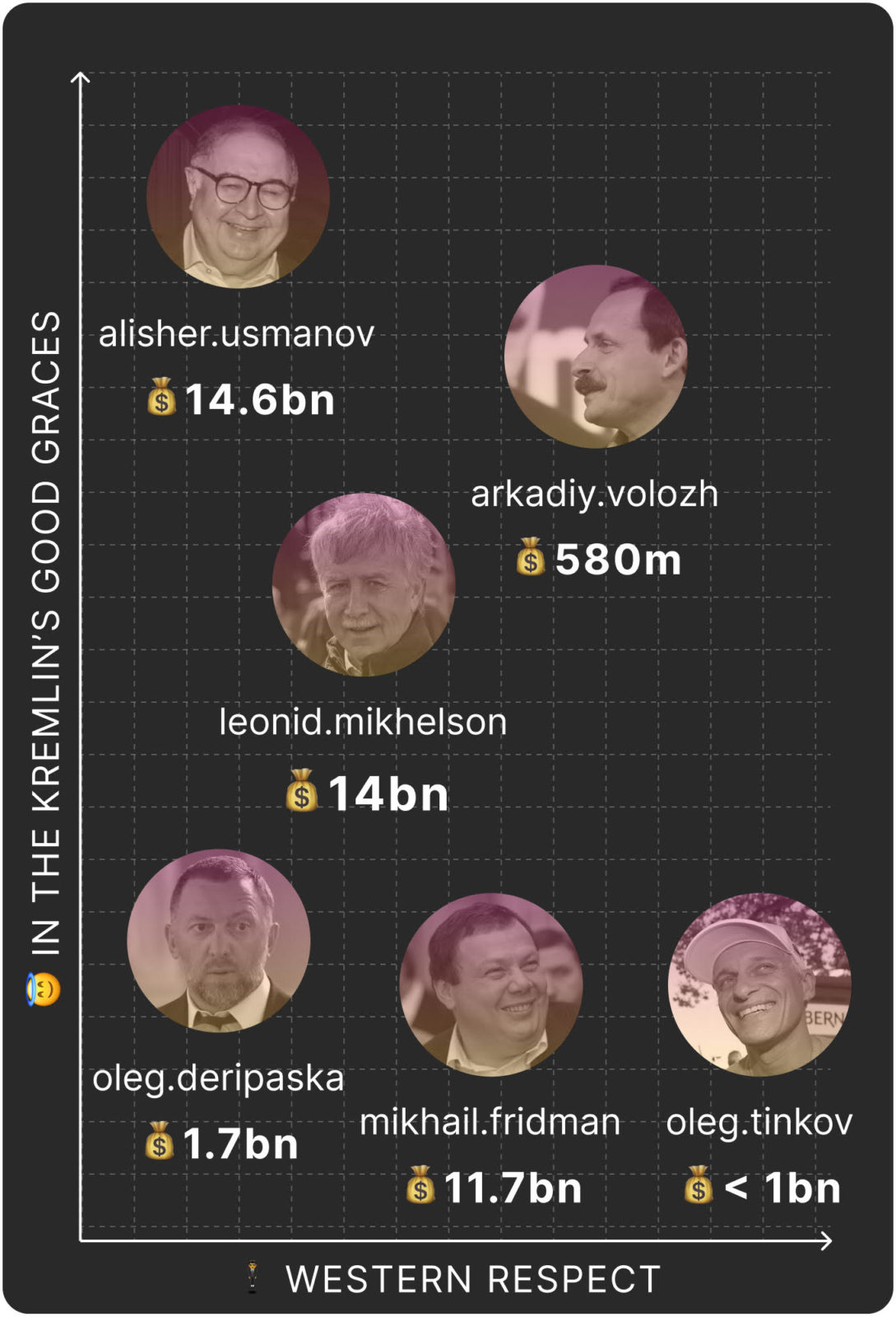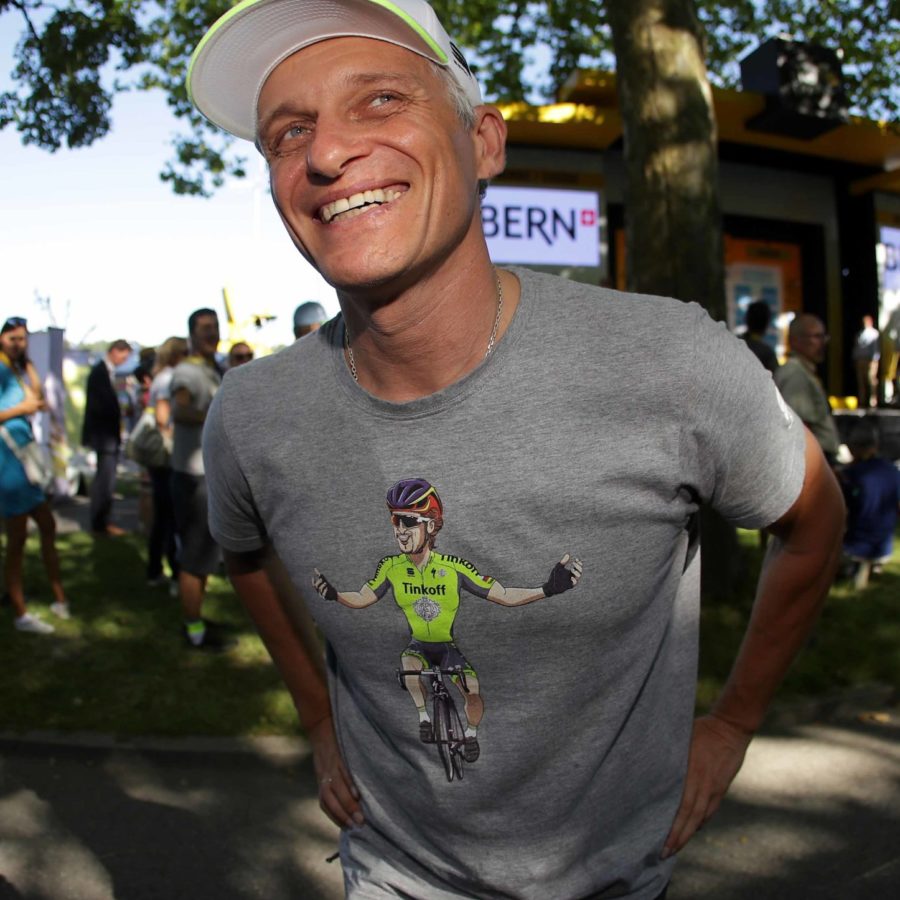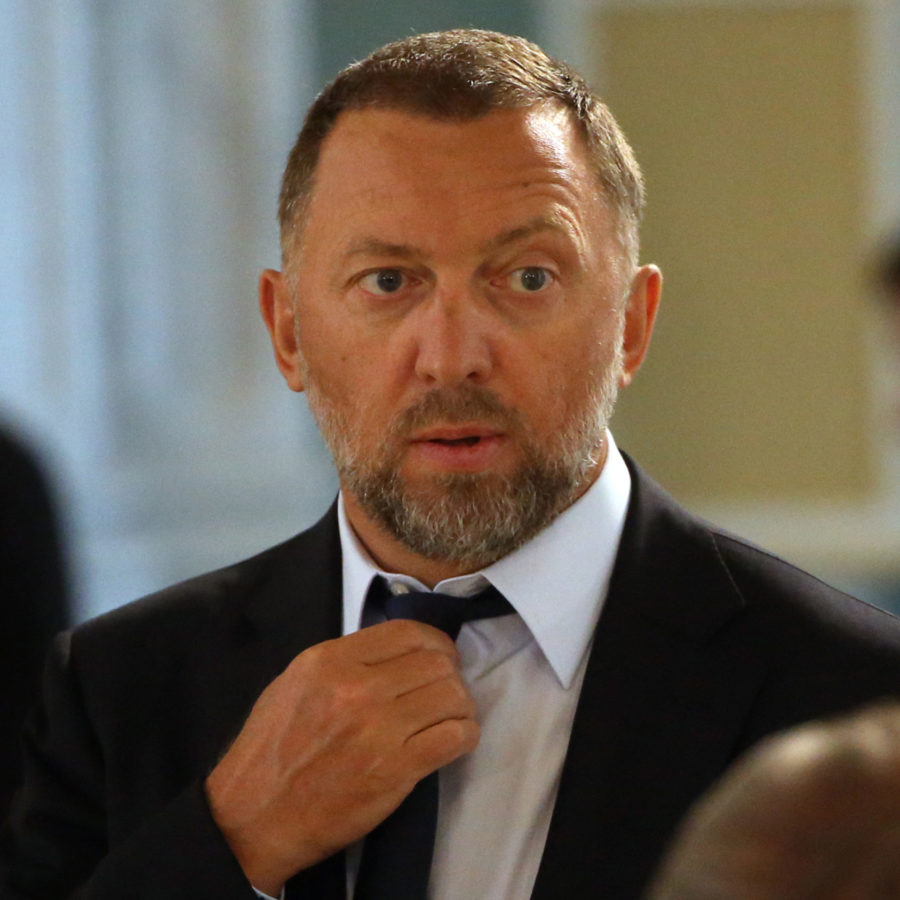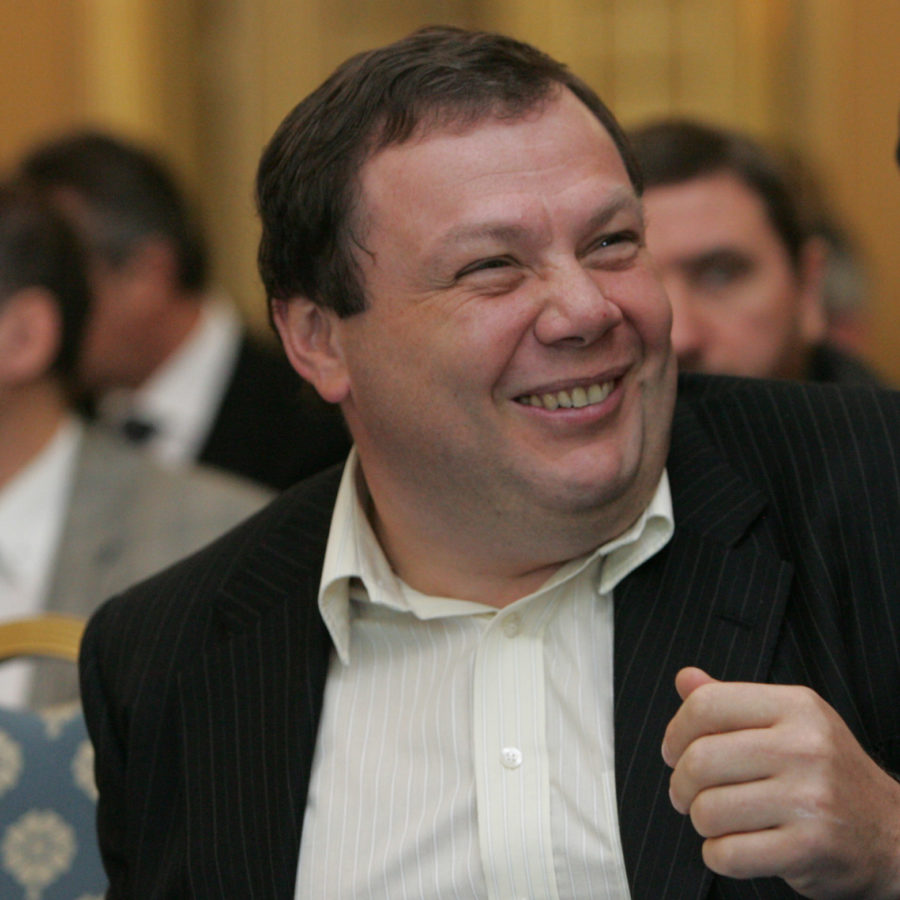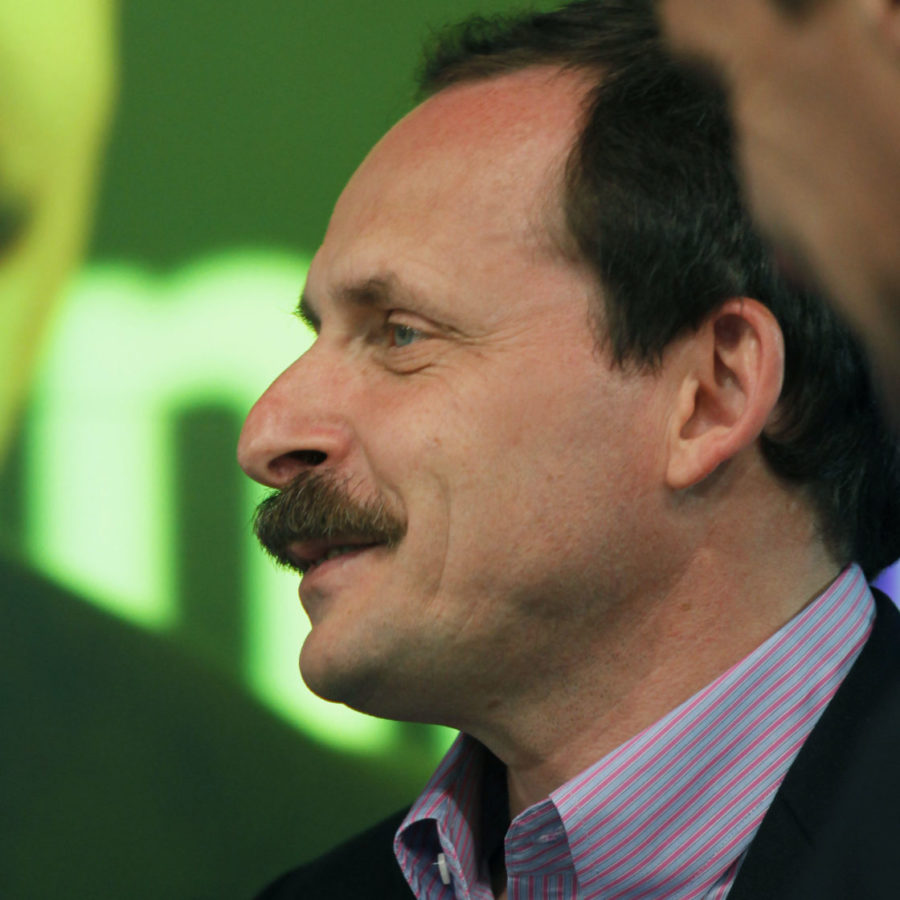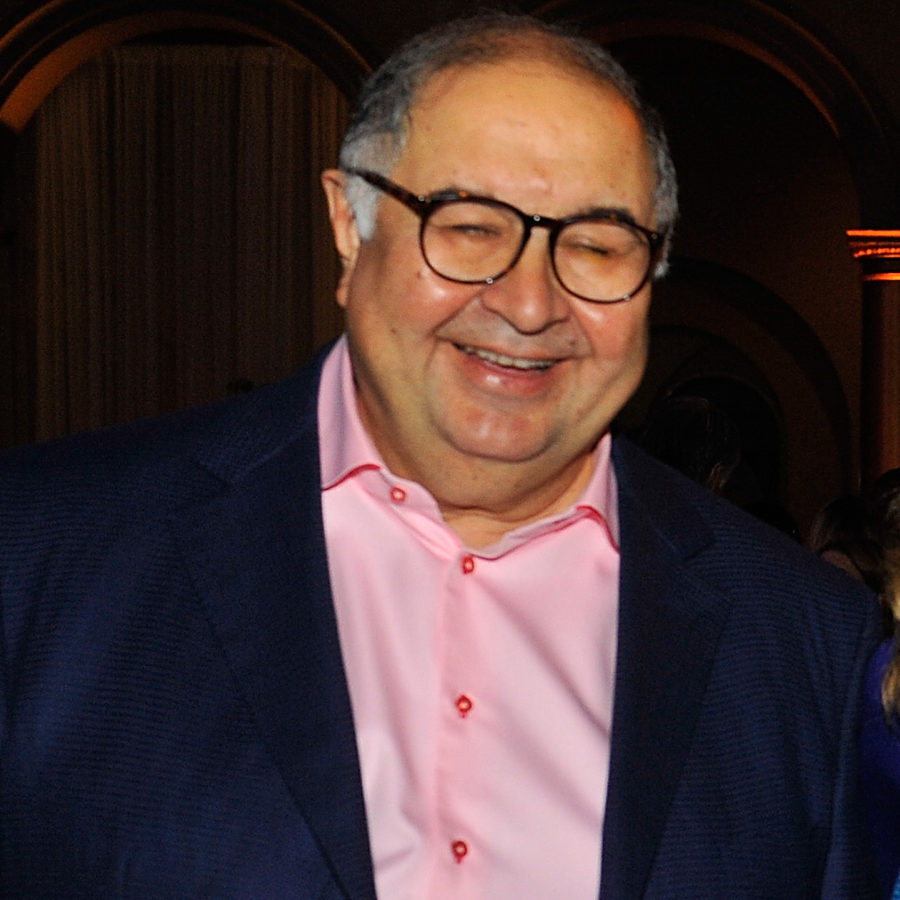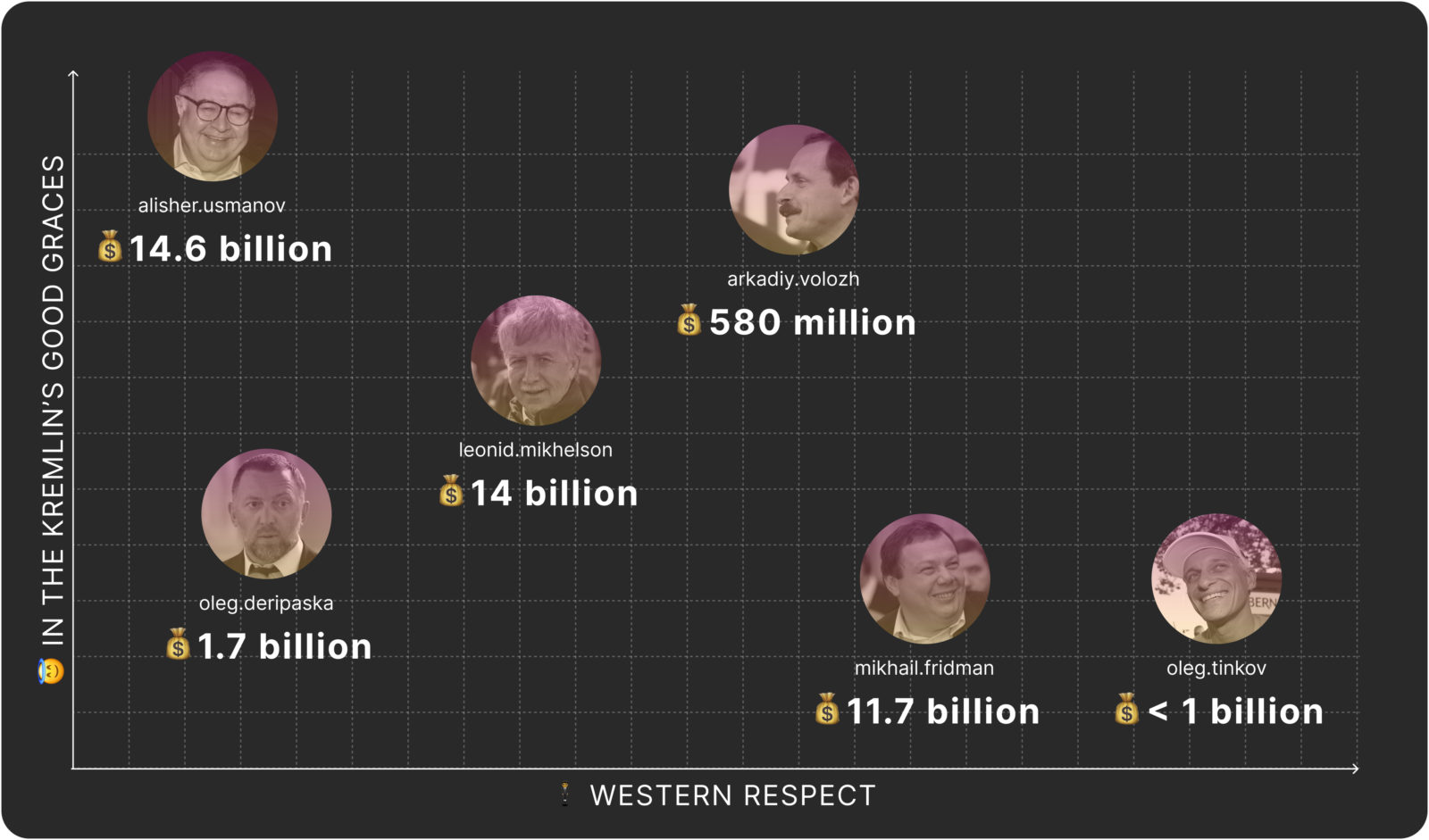Leonid Mikhelson: Russia’s patron of contemporary art
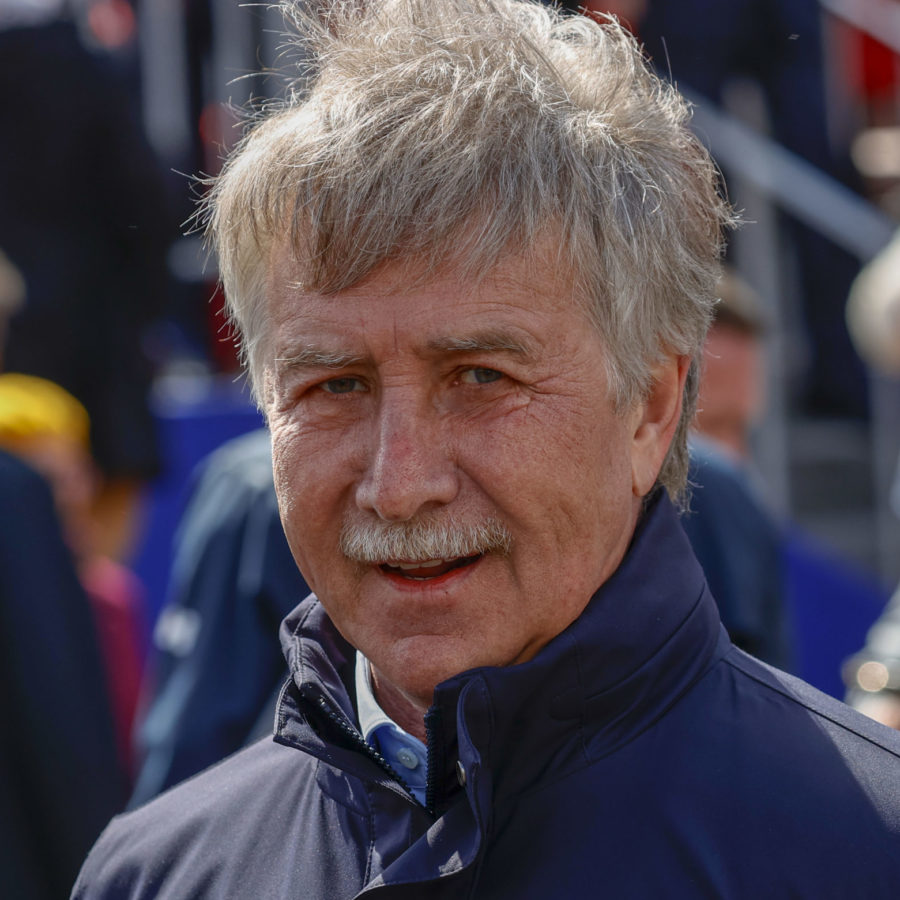
leonid.mikhelson
I enjoy collecting beautiful things and supporting the next generation of Russian contemporary artists.
* selfmade * father * oligarch *
⛽️????️????️????️????????
#russianart
I enjoy collecting beautiful things and supporting the next generation of Russian contemporary artists.
* selfmade * father * oligarch *
⛽️????️????️????️????????
#russianart
On the banks of the Moscow River, overlooking the Kremlin, sits a factory that supplied electricity to the city a hundred years ago.
Gas billionaire Leonid Mikhelson funded the huge GES-2 art gallery in the building, to not only promote contemporary art to newly middle class Russians but also to project the might of Russian cultural power onto the world.
Mikhelson took Vladimir Putin on a tour of the new gallery before its official opening in December 2021. One of the richest men in the world, he seems to be at ease at the confluence of modern art, power and propaganda.

The oligarchs were weaponized as part of Putin’s relentless fight against the West, and they used their vast resources to stand astride the global art world — philanthropy unsheathed to promote soft power. The oligarchs also sought to promote art as propaganda, depicting Russia as a unique civilization with an identity and a cultural heritage superior to that of the West.
But Mikhelson’s grand plan — to make the GES-2 art gallery a global arts hub rivaling London’s Tate Modern or New York’s Metropolitan Museum of Art — was derailed by Putin’s invasion of Ukraine, when Moscow became an instant cultural pariah.
Celebrated Icelandic artist Ragnar Kjartansson immediately pulled his exhibition. In March, the artistic director of Mikhelson’s V-A-C Foundation, Francesco Manacorda, resigned. The V-A-C responded via their Instagram that they “cannot turn a blind eye to the tragic events we have all become witnesses to” but stopped short of condemning war.
Moscow’s billionaire arts club
Mikhelson is not the first Russian billionaire to build an arts venue in Moscow nor the only important patron of Russian art. In 2008, billionaire Roman Abramovich gave the city the contemporary art museum Garage, an influential venue for boldface names such as Jeff Koons, Cindy Sherman and Takashi Murakami. But Mikhelson has invested more in the arts than any other Russian, much of it channeled through his daughter Victoria and his V-A-C Foundation.

victoria.mikhaelson ???? ???? ????
Leonid Mikhelson named his contemporary art foundation after his daughter Victoria. The foundation sponsors the GES-2 House of Culture, which aims to facilitate increased participation in culture and the understanding of art. Victoria Mikhelson has worked as its head of strategic development and research. She studied art history in New York and London, and previously she and her father sat on the board of trustees of the New Museum, a contemporary art museum in New York City. Her collector-in-residence biography lists her professional interests as “researching the future of art institutions and how cultural organizations can support new developments in artistic practices.”
His art investments have paid dividends in the priceless currency of praise and appreciation from approving Kremlin officials, but the larger art world’s recoil from Russia’s invasion of Ukraine trampled his reputation abroad.
Mikhelson was not always an art lover. He came from humble Soviet beginnings as an engineer. He rose up the ranks to run one of Russia’s major gas companies, eventually buying it in the 1990s. By 2016, he was Russia’s richest man. Mikhelson’s estimated wealth now hovers between $18.4 billion to $25 billion, retaining his status as possibly Russia’s second richest man.
Mikhelson has not shied away from the totems of Russian oligarchy. He owns a $150 million mega-yacht. He owns helicopters and fashionable real estate. But top-tier art acquisitions have set him apart from his peers, and his prestige and influence is derived from owning numerous respected art galleries and cultural foundations based in London, Milan and New York.


Take me out, Franz Ferdinand
The glossy ranks of the global art world mostly yawned when the United States sanctioned Mikhelson’s gas company, Novatek, for its complicity with Russia’s annexation of Crimea. It did not stop London’s Tate Modern, the Art Institute of Chicago or the New Museum in Manhattan from accepting Mikhelson’s money. Mikhelson served on their boards, promoting events with Russia-centric themes. The UK and Canada put Mikhelson under their sanction regimes while Ukraine sanctioned his daughter.
GES-2 House of Culture cannot turn a blind eye to the tragic events we have all become witnesses to. GES-2 holds in equal respect the feelings of our audience and the decisions of the artists we work with….In these circumstances, all of our work will be aimed at bringing people closer to one another and supporting our visitors and employees.” — February 26, 2022
After the invasion, Russia was dropped from major international cultural events, high and low, like the Venice Biennale and Eurovision. From Korn to the Killers, Iggy Pop to Franz Ferdinand, bands and performers have canceled concerts in Russia. New York’s Metropolitan Opera will no longer work with Russian artists or organizations that support the invasion. In Germany, the Russian chief conductor of the Munich Philharmonic, Valery Gergiev, was fired for his refusal to condemn the war and criticize his close friend Putin.
Once an exciting exporter of cutting edge visual and performance art that offers political commentary and critique, Russia now operates as a separate, inert art world, hermetically sealed with scant reference to any war or critique of the Kremlin. Many Russian artists have fled into exile.
Mikhelson is part of a long tradition in Russia, where oligarchs have sought prestige and redemption by funding artistic beauty while ignoring the barbarity unleashed on their watch.
Research by Rebekah Robinson.
